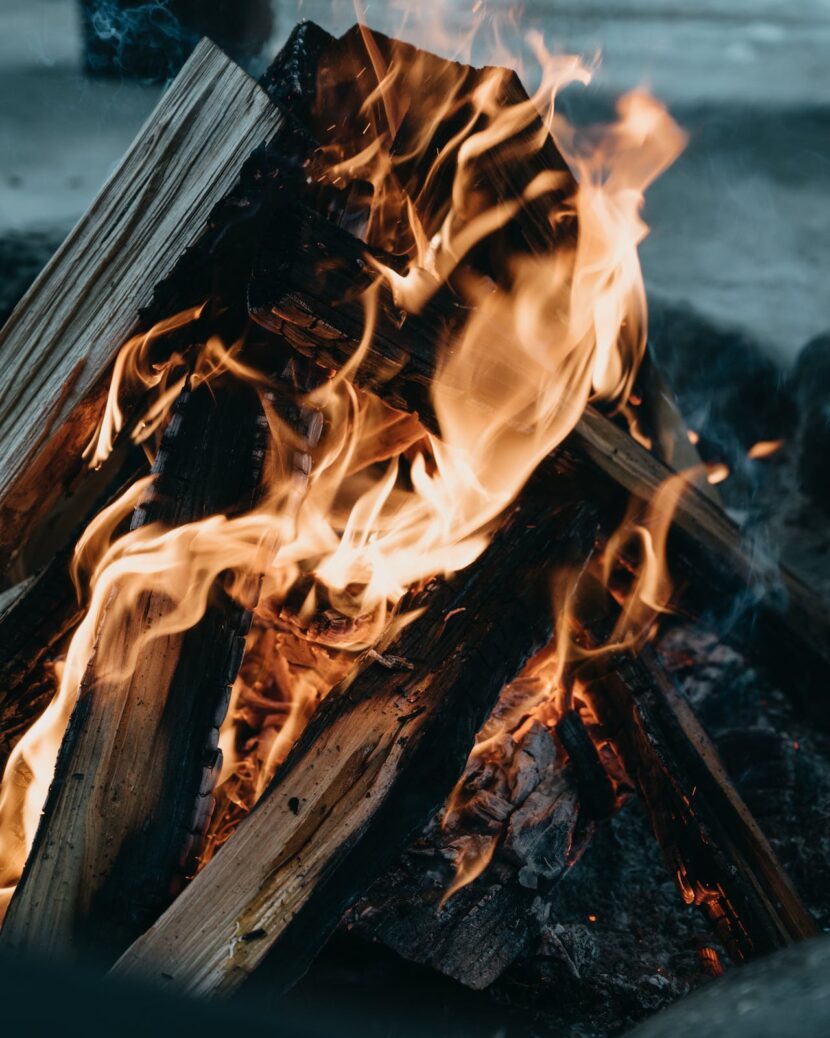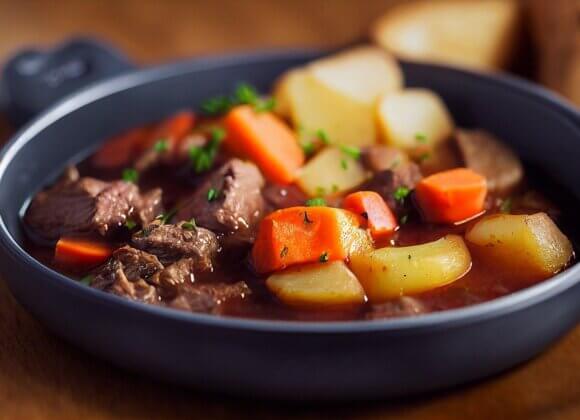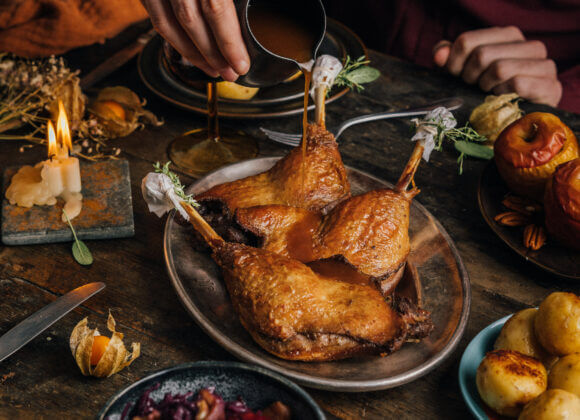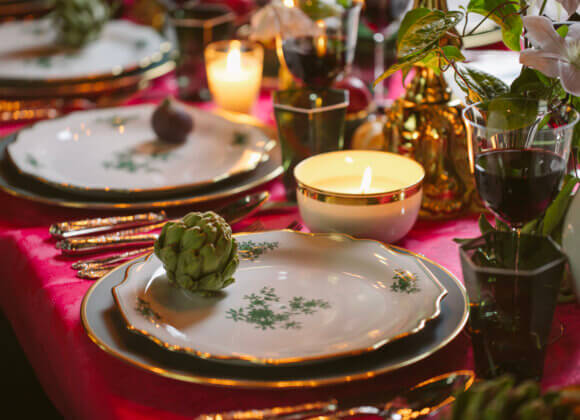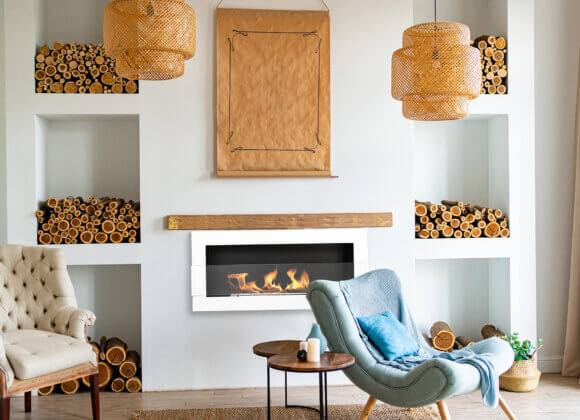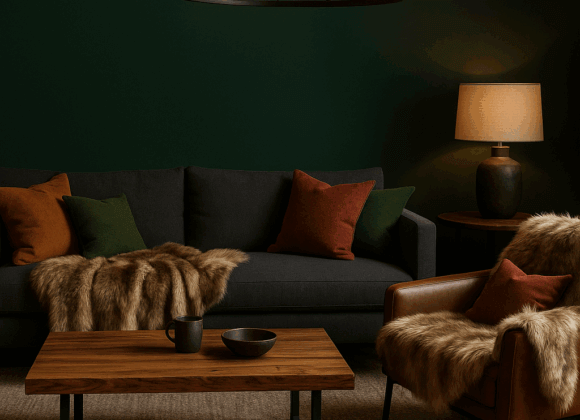How do I recognize good firewood?
In the cold winter months, there is hardly anything nicer than sitting in front of a cozy, warm fire while it crackles softly in the background. In addition to choosing the right fireplace, the right firewood is also crucial.
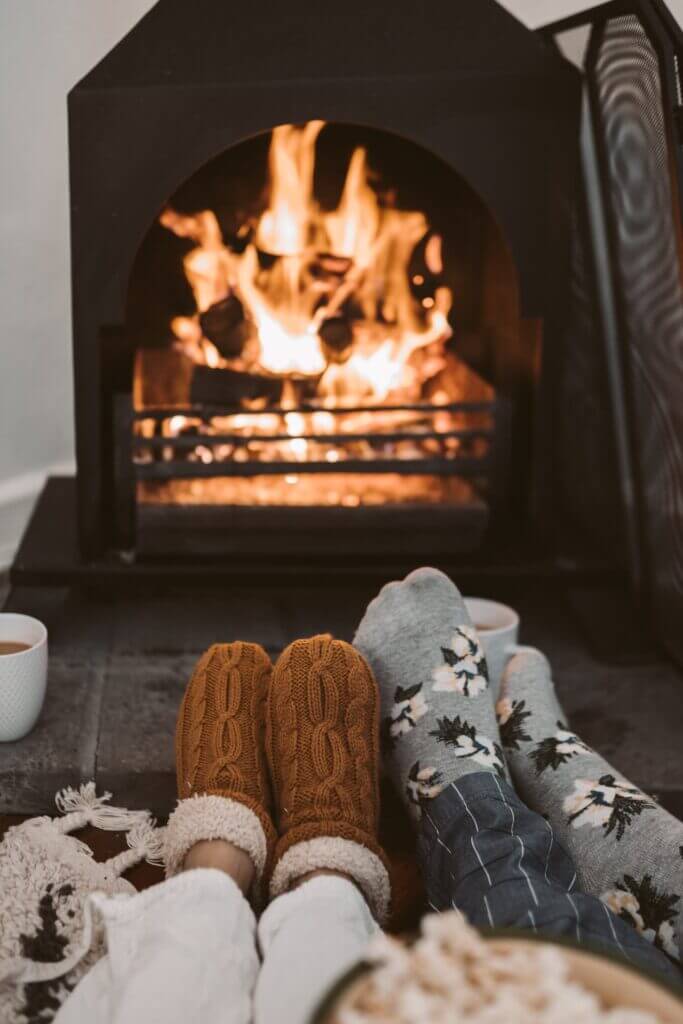
Can it be spruce or would you prefer beech? How much is a cubic meter and where is the best place to store the firewood? Where does it come from and how long has it been out of the way? All those who are lucky enough to have a fireplace in their own home should take a close look at the material used to heat it. We have compiled the essential questions for you and asked Sabine Huber, Managing Director of “Holzprinzessin”, based in Neulengbach and with a branch in 1140 Vienna, an expert on the subject.
What is good and what is bad firewood?
“Basically,” explains Sabine Huber, “any type of firewood can be processed.” However, the favorites in domestic households are hardwoods such as beech, ash, oak and birch, which have a long and even burning time thanks to their density. In contrast, soft coniferous woods such as pine, spruce and fir burn relatively quickly and tend to cause sooting of the fireplace and flying sparks due to their high resin content. Also important: “If the wood has been lying around for too long before being processed further, it can lose its heating capacity,” says Huber. Incidentally, bad firewood can also be recognized at first glance: “It is usually covered in mould and smells musty.”
What is the difference between air-dried and kiln-dried wood?
“Air-dried products take a little longer and tend to discolor on the outside due to weather conditions,” says Huber. With kiln-dried firewood, on the other hand, “the moisture is quickly extracted. But it always depends on how long it has been in the chamber. The longer it has been in the chamber means that it is far more likely to be dry inside the pallet too!”
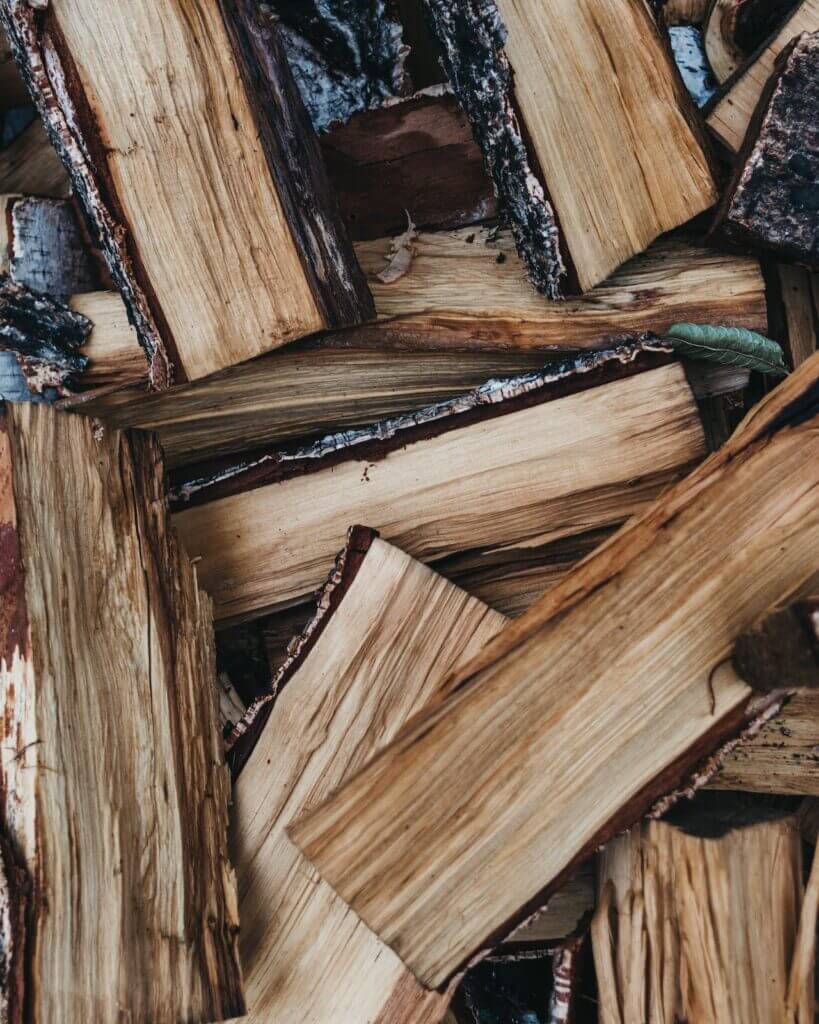
What should I look out for when buying?
In any case, it’s worth shopping with real professionals instead of going bargain hunting. The wood should by no means be fresh (you can tell if it is still green under the bark and smells strongly of resin or wood sap), but dry, hard, clean and free of vermin. Residual moisture is also always an issue and can be measured with your own moisture meter. Ideally, this should be less than 20 percent. The respective quantities are also important for planning your accommodation – you can buy firewood in sacks, in cubic meters (approx. 420 kilos), bulk cubic meters (approx. 377 kilos) and clear cubic meters (approx. 500 kilos).
How do I avoid “buying” pests with the firewood? And can they also become a danger to carpets, furniture and the like?
Sabine Huber: “You can’t avoid it because it’s a natural product. Normally, however, there shouldn’t be any. If the opposite is the case, however, they generally don’t damage materials that have been processed by other means, but remain in the firewood. As harsh as that sounds, just put it in the fireplace and enjoy the warmth.”
What is the best way to store firewood?
“It depends on the options available to me,” says Huber. In principle, wood can be stored both indoors and outdoors. The expert knows that it is important “that it is well covered from above in the outdoor area.” As a general rule, firewood should not be stored for too long – although it loses more and more moisture over time, the quality of the firewood decreases again if it is stored for more than five years.
Related posts:


